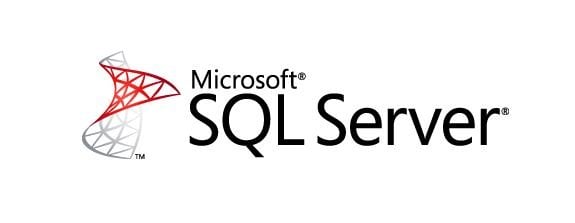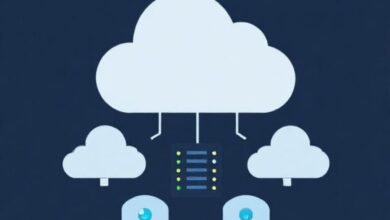SQL server Database Introduction

If you’re new to the world of SQL Server, this tutorial will help you gain a solid foundation in the program. The data you store in a database is like a building block, and the SQL schema is like the blueprint for the structure. A building needs four walls, fifteen feet of width, and a roof. It’s the same for a database. You’ll need to learn the basic concepts of how this system works before you can begin designing your own application.
To learn more about SQL, read SQL server database introduction tips. These tips will explain basic concepts in the language, and provide URLs for additional information. Once you’ve read this material, you’ll be ready to dive into a real-world application with a SQL server. There’s no reason not to get started right away! You’ll be amazed at how easy it is to get started with SQL. Hopefully, this article will help you build your knowledge and become more productive with this program.
The purpose of SQL database is to make sound decisions in difficult situations. Its purpose is to create software that is able to make the best decision in a given situation. This can include improving decision-making processes, accuracy, relevance, and timing. It can also help you automate your attendance process. You can view and edit data stored in the database and easily implement student routines. The possibilities are endless. The database allows you to create a better future for yourself.
As with any new product, you can start using SQL by following this tip. These tips will help you learn the fundamentals of SQL, and include hyperlinks to further resources. Once you’ve downloaded a free trial version of SQL Server, you can try it out on your own computer and see if it works for you. If you’d like to use it in production, you’ll need to purchase a developer’s license.
When you’re building a database, it’s important to understand that it contains multiple files, so you need to make sure you have enough space to install all of them. The two main files used when building a database are the MDF and LDF, which are the database’s objects. In addition to the data file, the MDF and LDF files will also contain the transaction log. The MDF and LDF files will contain the database’s schema and the database objects. The MDF file will store versions of data and will ensure that the data integrity of the database is maintained.
In addition to the database, it can also store information about objects. The database’s permissions are assigned at the object, database, and role level. In other words, one SQL server database can hold multiple business applications. In addition to the MDF, there are also two types of databases: user defined and system. A DML is a user-defined database that is designed by a DBA. You’ll learn about this in the next chapter.
If you’re new to SQL Server, you should first understand how it works. You should be able to create and maintain tables and views in a SQL server database. You’ll need to create a database in a way that makes sense for your business. You can then start building your own databases based on the concepts of the basic architecture. If you’re not sure how to create a database, you’ll need a good understanding of how to structure it.
Essentially, DQL stands for data query language, and DCL stands for data control language. DQL allows you to select or query data in a database. You can also access data from a database by using the DCL. The DQL command you’re familiar with is the DML, which refers to the file format of the data. Once you’re familiar with the DML, you can create a simple table.
When you build a SQL server database, you’ll need two files. The first is the database itself. You’ll find data in it. A table will contain data related to an object. It will be a list of tables. You can use the tables in your database to store information. You can also have other tables and views. In addition to tables, SQL servers also store objects. You can use the MDF file to create tables, and the LDF file will store the database’s objects.




